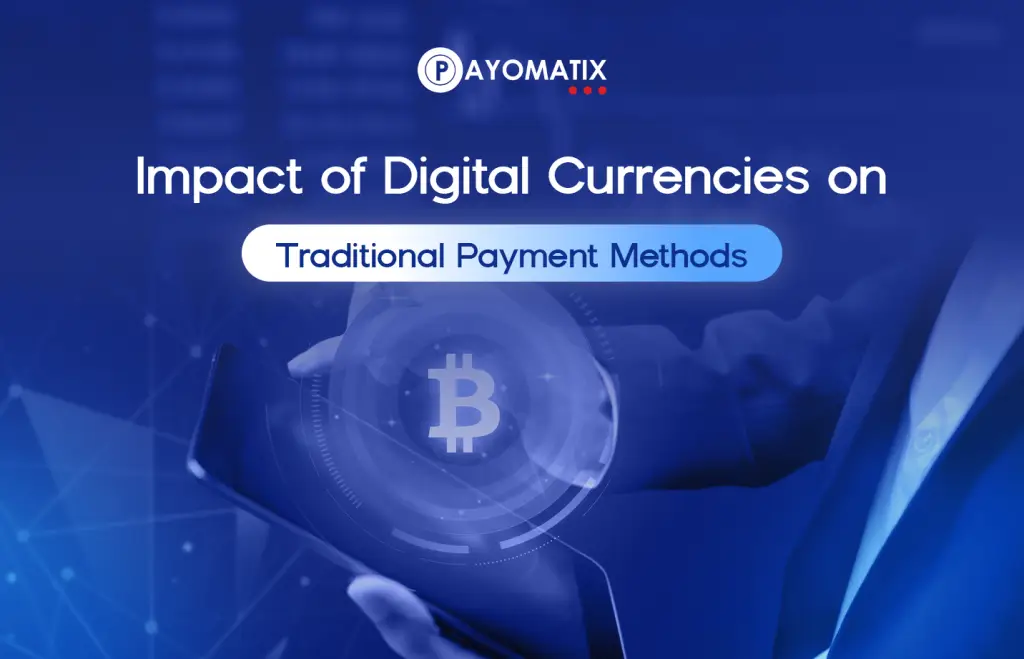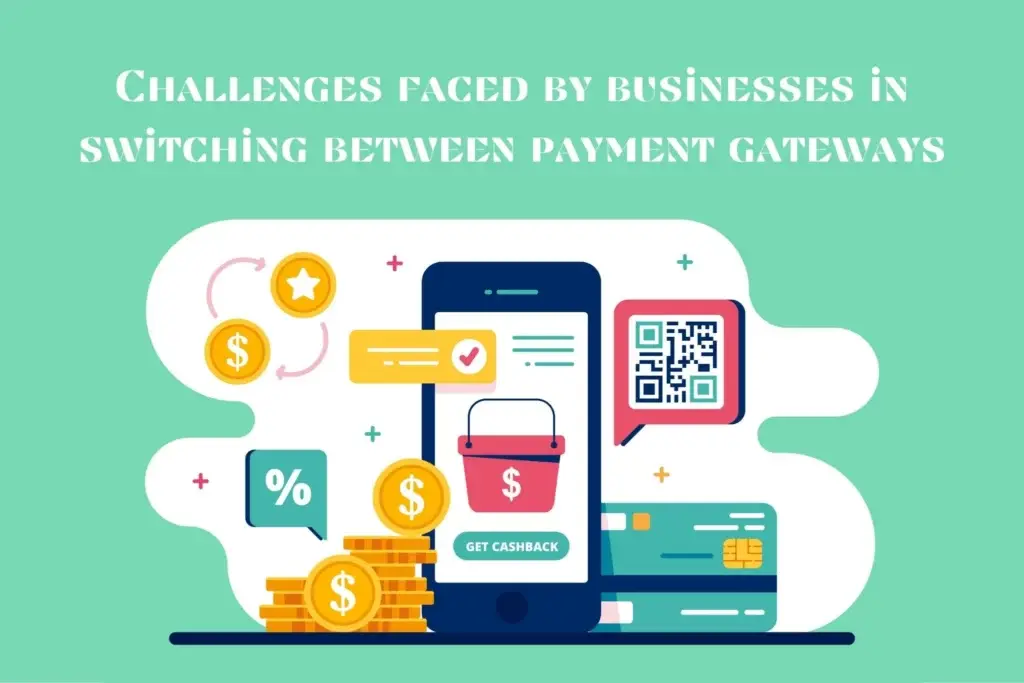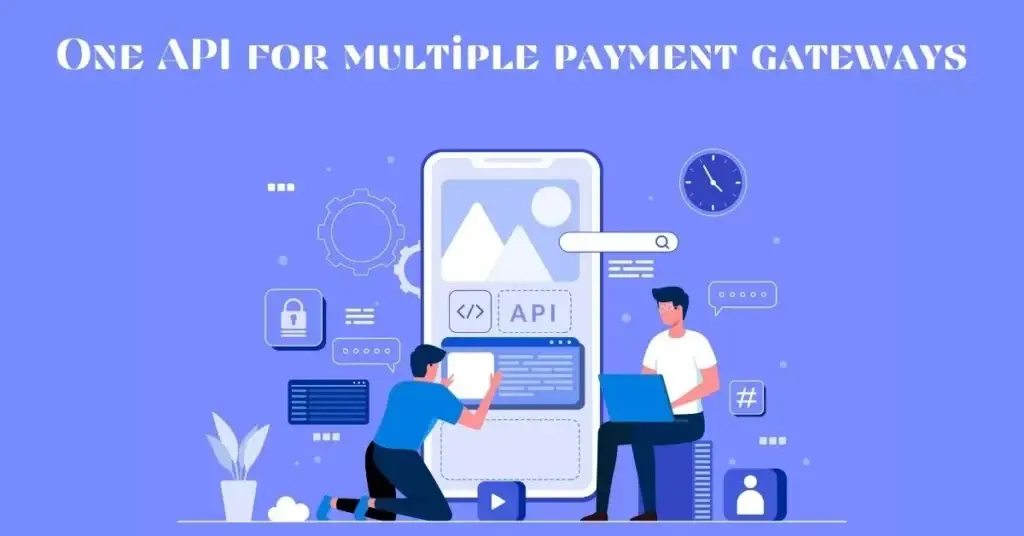Introduction
In recent years, digital currencies like Bitcoin, Ethereum, and CBDCs have gained traction, disrupting the traditional financial ecosystem. Digital currencies offer decentralized transaction methods, reducing reliance on intermediaries like banks and enabling faster, more secure payments. These innovations are transforming how people and businesses handle payments, raising questions about the future of traditional payment methods like credit cards, wire transfers, and cash.
This article explores the impact of digital currencies on traditional payment methods, examining both the opportunities and challenges they present.
1. Increased Transaction Speed and Efficiency
One of the most significant advantages of digital currencies over traditional payment methods is the ability to process transactions faster. In traditional banking systems, cross-border transactions can take days due to multiple intermediaries, clearinghouses, and verification processes. By contrast, digital currencies, especially those built on blockchain technology, offer real-time settlement.
Key Benefits of Digital Currency Transactions:
- Faster Cross-Border Payments: Traditional cross-border payments involve various intermediaries, adding time and cost to the process. Digital currencies, like Bitcoin and stable coins, enable direct, peer-to-peer payments that bypass banks, leading to faster settlement times.
- Lower Transaction Costs: With fewer intermediaries, digital currency transactions usually have lower fees than traditional methods, especially for international payments.
- Automation Through Smart Contracts: Cryptocurrencies like Ethereum enable smart contracts that automatically execute transactions when conditions are met, reducing manual oversight and improving efficiency.
2. Financial Inclusion and Accessibility
Digital currencies hold the potential to boost financial inclusion by providing access to financial services for millions of unbanked individuals worldwide. Traditional payment methods, like credit cards and bank transfers, require bank account access, which many in developing regions lack. With just an internet connection and a digital wallet, anyone can use cryptocurrencies, enabling broader participation in the global economy.
How Digital Currencies Enhance Financial Inclusion:
- Access Without Banks: Digital currencies allow individuals in underbanked regions to send and receive payments, store value, and access financial services without relying on traditional banking infrastructure.
- Reduced Barriers to Entry: Unlike traditional payment methods that require extensive documentation, digital currencies can be used by anyone, reducing barriers for those without formal identification or credit histories.
3. Disruption of Traditional Payment Methods
As digital currencies gain adoption, they are starting to disrupt traditional payment systems. Cryptocurrencies are gaining acceptance in e-commerce, fintech, and remittance industries, providing an alternative to traditional payment methods like credit cards and wire transfers. PayPal, Square, and other major payment platforms have already integrated cryptocurrency payment options for their users.
Effects on Traditional Payment Methods:
- Reduced Reliance on Banks: Cryptocurrencies are decentralized, meaning they do not rely on banks or other central authorities. As more people adopt these digital currencies, there could be reduced reliance on banks for payment processing.
- Pressure on Payment Processors: Traditional payment processors like Visa and Mastercard face increasing pressure to adapt to the changing payment landscape. Many have started to integrate digital currencies into their systems to stay relevant.
- Increased Competition: The rise of digital currencies intensifies competition for traditional payment methods, pushing financial institutions to innovate and meet demand for faster, cheaper, and more secure payments.
4. Enhanced Security and Fraud Prevention
Blockchain, the underlying technology behind many digital currencies, offers inherent security advantages compared to traditional payment systems. Digital currency transactions are recorded on a decentralized, immutable, and transparent ledger, reducing the risk of fraud, chargebacks, and unauthorized alterations.
Security Benefits of Digital Currencies:
- Immutable Transactions: Once a transaction is recorded on the blockchain, it cannot be changed or tampered with, reducing the risk of fraudulent activities such as chargebacks or double-spending.
- Decentralized Security: Unlike traditional payment methods that rely on centralized entities like banks, digital currencies operate on decentralized networks, reducing the risk of a single point of failure.
- Encryption and Anonymity: Cryptocurrencies offer strong encryption protocols that enhance transaction privacy and security. While traditional payments require users to share sensitive financial details, cryptocurrencies allow for more anonymity.
5. Central Bank Digital Currencies (CBDCs): Bridging Traditional and Digital Payments
Governments and central banks are responding to the rise of digital currencies by developing their own Central Bank Digital Currencies (CBDCs). These digital fiat currencies are issued and regulated by central authorities, combining the efficiency of digital currencies with the stability and trust of traditional money.
Impact of CBDCs:
- Digitizing Traditional Currencies: CBDCs combine digital currency benefits, such as faster payments and lower transaction costs, with the trust and oversight of traditional fiat currencies.
- Potential Replacement of Physical Cash: As more countries explore CBDCs, cash usage may decline, with CBDCs offering a digital alternative to both cash and traditional payments (like wire transfers).
- Interoperability Between Digital and Traditional Payments: CBDCs can bridge the gap between the current financial system and digital currencies, enabling seamless transactions between fiat and digital currencies for businesses and consumers.
Whether via CBDCs, cryptocurrencies, or upgraded traditional systems, the payments industry is transforming and will redefine global transactions.
6. Regulatory and Legal Challenges
While digital currencies offer numerous benefits, they also introduce new regulatory challenges. Traditional payment systems are heavily regulated to prevent money laundering, fraud, and other illicit activities. Cryptocurrencies, due to their decentralized nature, pose unique difficulties for regulators attempting to ensure compliance.
Regulatory Impacts:
- Anti-Money Laundering (AML) Compliance: Governments are working to regulate digital currencies to ensure they comply with AML and KYC (Know Your Customer) regulations, similar to traditional banking systems.
- Taxation: The adoption of digital currencies raises taxation concerns, especially regarding cross-border payments and capital gains on cryptocurrency holdings.. Axation, especially when it comes to cross-border payments and capital gains on cryptocurrency holdings. Regulators are working to integrate these new payment forms into the tax system.
- Consumer Protection: While traditional payments offer protections like dispute resolution and fraud protection, many digital currencies do not. Regulators are exploring ways to provide similar safeguards for cryptocurrency users.
7. The Future of Coexistence
Rather than entirely replacing traditional payment methods, digital currencies are likely to coexist with them in a hybrid payment ecosystem. As digital currencies become more widely accepted, businesses and consumers will have the option to use both systems depending on their needs.
Predicted Trends:
- Increased Integration: Payment processors, banks, and financial institutions will increasingly integrate digital currencies into their offerings, providing a hybrid model that allows for traditional payments alongside crypto-based transactions.
- Innovation in Traditional Systems: To remain competitive, traditional payment systems will need to adopt new technologies and offer faster, more secure, and less costly alternatives to current methods, leveraging lessons learned from the success of digital currencies.
- Customer Choice: Consumers will likely enjoy the flexibility of choosing between traditional and digital payment methods, depending on factors like transaction speed, cost, and preferred currency.
Conclusion
The rise of digital currencies is reshaping the global financial landscape, offering faster, more secure, and more cost-effective alternatives to traditional payment methods. While challenges remain, especially in terms of regulation and consumer protection, digital currencies are here to stay. Businesses and financial institutions must adapt by integrating cryptocurrency solutions, enhancing payment security, and offering more flexible options for users.
As the world moves toward a hybrid payment ecosystem, where traditional methods and digital currencies coexist, the future of payments promises to be more seamless, inclusive, and efficient. Whether through CBDCs, cryptocurrencies, or improved traditional systems, the payments industry is undergoing a transformation that will reshape global transactions.
Contact us now to learn more!
Visit our website: Home
General inquiries: info@payomatix.com
Customer Support: support@payomatix.com





















